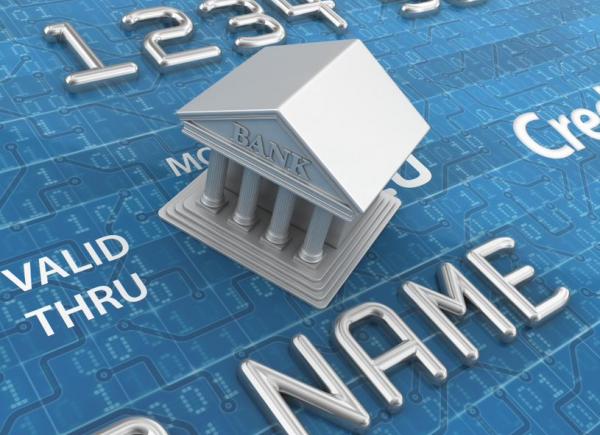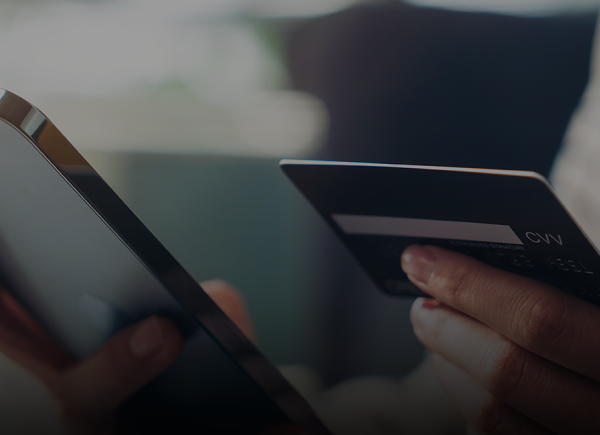Open Banking and its data-sharing principles have shaken up the finance industry. For those consumers and businesses who’ve embraced it, the benefits have been significant as more applications come online – whether that’s account aggregation, personal finance management, or better credit scoring and account-to-account money transfers.
But the party is only getting started. Enter Open Finance.
In this blog post we will cover:
● What is Open Finance?
● Open Banking vs Open Finance
● How Open Finance Relies on Open Data
● What Open Data is
● Examples of Open Finance
● Future Trends in Open Finance
What is Open Finance?
While Open Banking applies to payment accounts (such as current accounts), open finance is the enablement of third-party providers to utilize customers’ permissioned data across a broader range of financial sectors and products, including savings and investments, with mortgages, pensions and insurance policies soon to follow.
It’s this broad scope, the potential to focus on individuals’ total financial lives, that makes open finance both exciting and disruptive.
Open Banking vs Open Finance
Open finance is basically an extension of the Open Banking movement that started in the UK in 2018. So what is Open Banking? Open Banking requires banks to share consumer-permissioned data from financial institutions with third-party providers through secure APIs, allowing for the development of new financial products and services. Open finance takes this concept further by including a wider range of financial institutions, insurance companies, investment firms, and credit bureaus. Read more.
Open Finance Relies on Open Data
Open Banking and open finance are both about access to data. That includes the sources of data, how they’re sharing their financial data, how it’s collected, and how it's structured. In order to create applications that offer useful services and educated recommendations and insights that consumers will trust – and continue to give their permission to use – the consumer data must also be accurate and reflect the real world.
This is the job of data aggregators. They can collect and structure this customer data, as well as manage the required account data permissioning to make it usable, accessible and truly open. Through this process, financial products can be automated, verified, and scaled.
What is Open Data and What is it Used for?
Open data are large datasets that are accessible to the public and can be used, re-used, and redistributed by anyone. It’s not to be confused with Big Data, the term used to describe the increasing quantity and complexity of data being generated around the world every day.
Open data sharing can be anything from public data collected by government agencies to economic trend roundups from financial conglomerates. Some popular federal government open data sources include data.gov and the U.S. Census Bureau, which are used by both commercial and nonprofit sectors.
What’s the Difference Between Open Source and Open Data?
Open source and open data are not quite the same, but they both offer ways to create new and better services based on published data. For example, financial information made available for public use that increases transparency of government agencies and private entities is one improvement upon current systems.
Open-source software, as opposed to open data, is software that is to be distributed freely, without discrimination, and which produces source code, which is the building block developers use for creating apps, APIs, and websites.
Is Using Open Data Secure?
The sharing of personal data is not something to be taken lightly. The good news is many open banking APIs provide a highly secure way to transfer data by enabling applications to share consumer-permissioned data without sharing account credentials. Historically, consumers have provided their login ID and password (credentials) to data aggregators, which enabled data aggregators to access the financial institution’s website and retrieve the consumers’ data, in a process known as screen scraping. This process of collecting screen display data has been a common technique since the 1980s.
However, open banking access enables the financial industry to move away from this legacy technology that’s overly reliant on consumer credentials and move to a new paradigm of connectivity that’s reliant upon API and tokens. Based on an open standard for authentication (OAuth), this new data access method allows the consumer to sign in directly on their financial institution’s site to provide consent for sharing their financial data. These open banking practices are rooted in the financial institutions’ established, highly secure technology programs, providing another layer of security.
How is Open Finance Being Used Today?
Much of the world is either doing or discussing some version of Open Banking. While there currently isn't a regulatory Open Banking mandate in the U.S. a Personal Financial Data Rights rule has been proposed (Dodd-Frank 1033). Australia and the UK have had regulations around open banking for a while, and Open Banking in these countries is now evolving into open finance. In the UK, open finance will enable data from pensions, mortgages, and insurance to be shared via APIs. In Australia, open finance will start with non-bank lending, which includes buy now pay later, credit cards like American Express, various loan providers, and more.
Examples of Open Finance We Love
Broker-dealers, registered investment advisors (RIAs), lenders, lending networks, and insurance companies can all benefit from the operational cost benefits of open finance, as well as the ability to participate in the ecosystem and compete with startups.
The insurance industry will be able to enhance their offerings under open finance, as increased and more timely data can enable insurance companies to gain more powerful insights, improve the customer experience, and customize services. Consumers can benefit with more visibility into insurance policies, a better understanding of their level of coverage, easier renewal and switching, and more personalized pricing.
Non-bank lending is another area that is opening up under open finance. In Australia, non-bank lending under the Consumer Data Right (CDR) will allow individual and business consumers to request data sharing from in-scope non-bank lenders. This enables consumers to compare rates and offers on credit cards, home loans, personal loans, business finance, investment loans, leases, and BNPL products for better deals and improved services.
Retirement savings and pension services will also be transformed under open banking. In Australia, as superannuation fund and retirement fund data become more available to members, consumers will be able to access, manage, and monitor their pension investments more easily, and even elect to receive financial advice through their retirement funds.
Professionally managed portfolios, financial planning tools, investing services and more, that were once only available to consumers at a certain income level, are now becoming democratized for all. Even those who have been denied access to a financial advisor are suddenly able to consider options that can positively impact their future and help them achieve their goals. FinTechs and service providers that are embedding financial services into their nonfinancial offerings will be able to tap into new revenue sources and opportunities to grow and retain customers for the long term.
The accuracy and reliability of open finance and open banking data will also open up opportunities for artificial intelligence, machine learning and generative AI, which requires accurate data to work at optimum levels.
The Future of Open Finance
Whether you’re working for a bank, a fintech or a data-driven business examining new ventures, open finance matters. It matters to the products you offer today, those you’re looking to offer with additional data services, and those you’ve yet to design.
That’s because open finance has the potential to encompass all financial data and transform the way consumers and businesses use financial services in the process. With open finance, finding clients and turning them into customers becomes far more efficient. At the same time, it affords consumers the opportunity to exercise choice in how they access, use and engage with tools and services best suited to improve their financial well-being. The future is indeed open.




